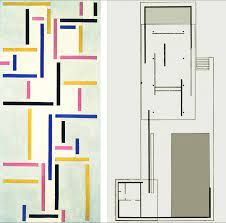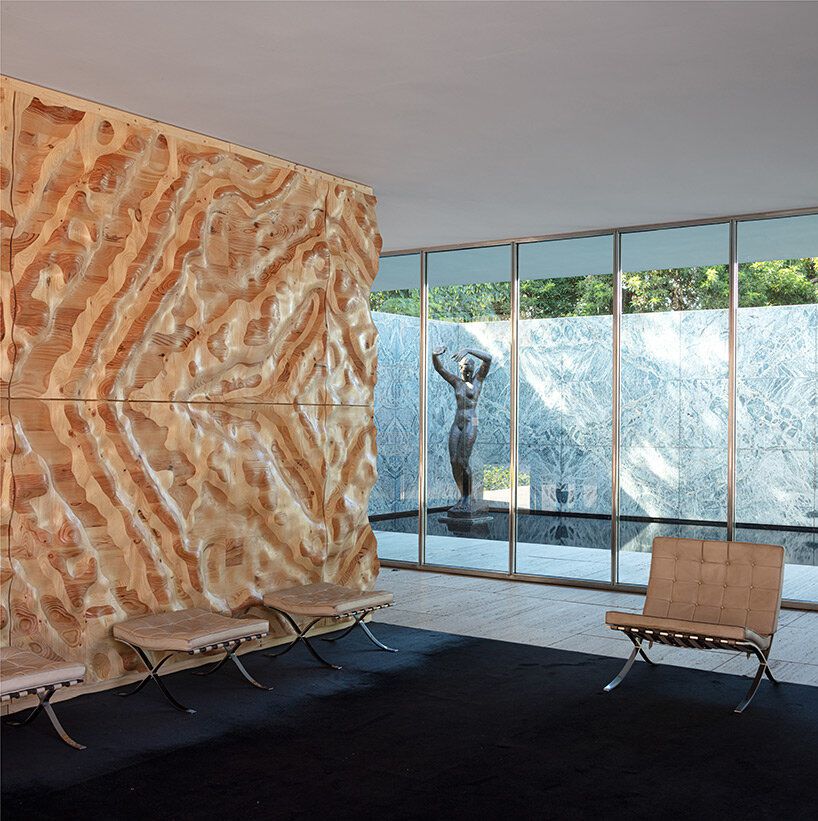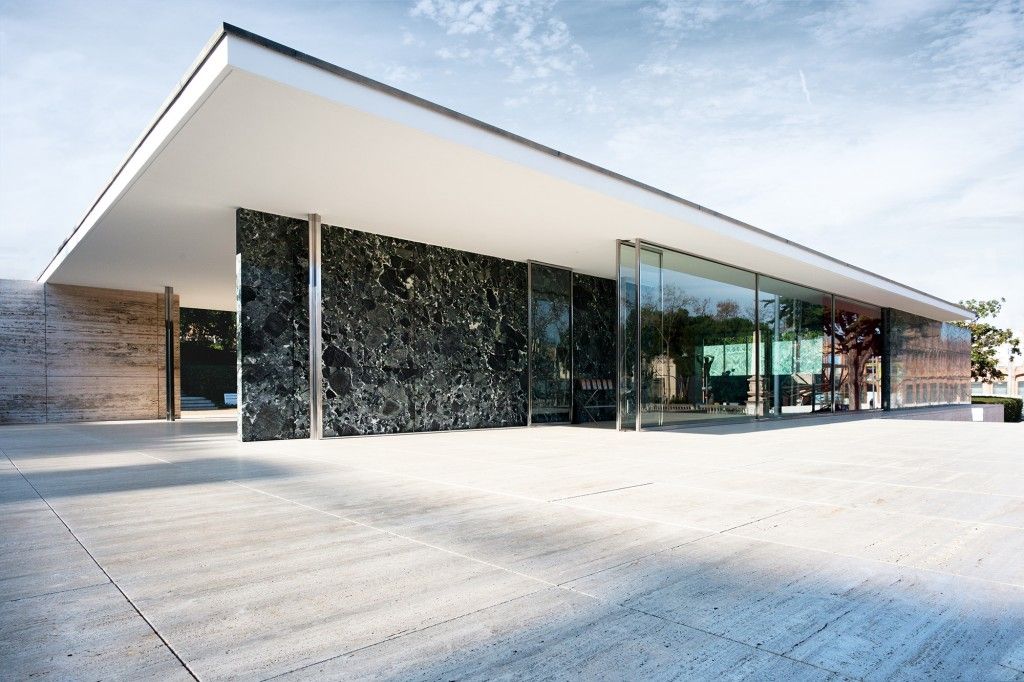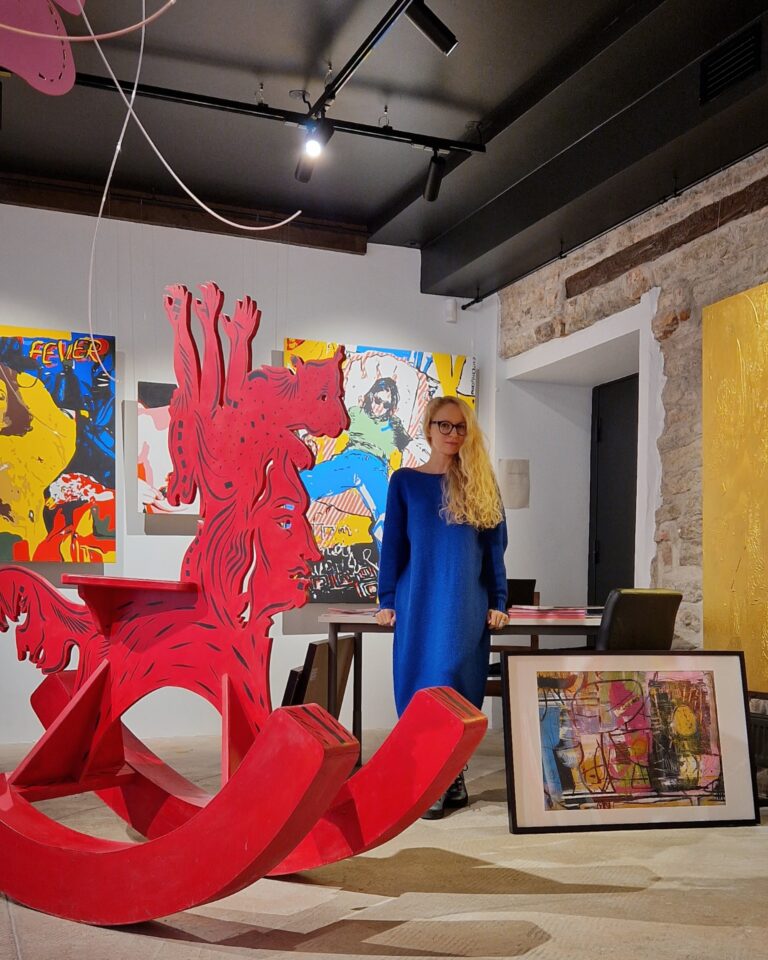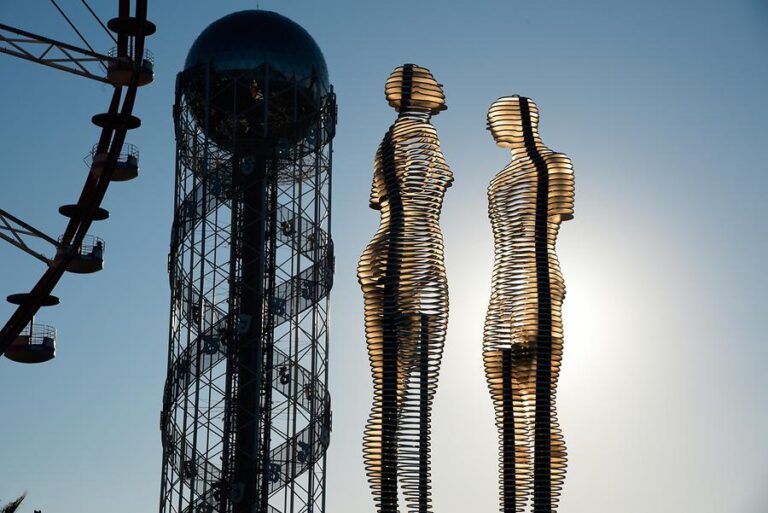If you want to forecast the future, look to the past. Everything has already happened once. Even if the details differ, the main rules remain unchanged.
Historically, major real estate projects have always been grounded in fundamental ideological, social, and cultural principles.
Take the Barcelona Pavilion, designed by Ludwig Mies van der Rohe and Lilly Reich. Originally built as the German Pavilion for the 1929 International Exposition in Barcelona, Spain, it was commissioned by the German government as a political statement in the aftermath of World War I. The Weimar Republic sought to present itself as democratic and progressive, marking the beginning of a new era in modernist architecture and design—an era that remains relevant to this day.
Notice the absence of conventional furnishings. The chromed-steel and leather «Barcelona chairs» were designed specifically for the opening reception, where they served as thrones for King Alfonso XIII and the Queen of Spain, crafted in white pigskin leather. These chairs have since become iconic pieces of design, still in production and widely admired.
There’s something almost magical in the fact that the layout of the Pavilion was inspired by a painting. The deep irony lies in the title of Theo van Doesburg’s «Rhythm of a Russian Dance», which influenced the project. This German government’s tool for democratization finds its roots in an artistic expression from another culture.
And finally, there’s the sculpture «Alba» by Georg Kolbe—a perfect cherry on top. Yet the levels of significance are intriguingly controversial: was the sculpture created to adorn the space, or is the building merely a frame for the sculpture?
The Barcelona Pavilion is far more than a building. It is a timeless space imbued with soul, history, and a bold statement—permeated with fine art.
